1. It is forbidden to mix signal cables and power supply cables in one multi-core cable!
2. It is strictly forbidden to stick to oil when maintaining oxygen pipeline instrument equipment. Oil-free transmitters and pressure gauges are strictly forbidden to be mixed with ordinary gauges.
3. When repairing and removing wires from the instrument, you must pay attention to wrapping the wires securely to prevent short circuits and accidents!
4. The connecting cable should not have intermediate joints.
5. The power line and signal line should not be in the same cable to prevent interference; the shielding layer must not be grounded at both ends, otherwise an electrical difference will occur; the cable should not have an intermediate joint; the 220V power supply and the 24V power supply must be separated; the power supply grounding and the signal grounding Grounding must be separated; flow measurement must consider compensation issues, etc.
6. The protective hose must be lower than the instrument inlet to prevent water from entering the instrument.
7. Open-air instruments should be equipped with an instrument protection box or wrapped in a nylon plastic bag.
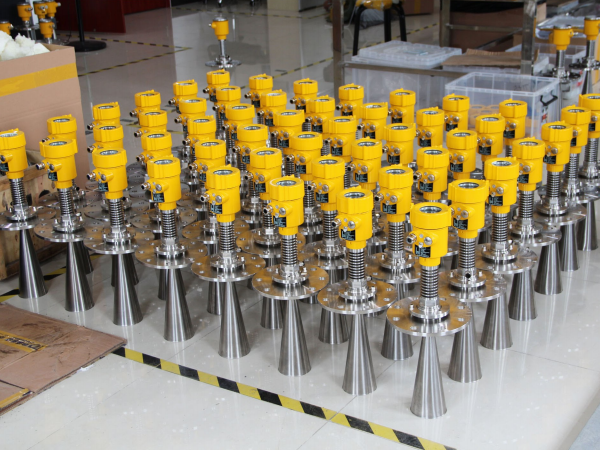
8. When laying cables in troughs, intrinsically safe cables, power cables, and signal cable sections should be separated by partitions.
9. During wiring operation, the wiring nose (piece) cannot be used for the compensation wire to avoid contact between two different conductors, which may lead to errors in measurement results.
10. During production, if there is a problem with the instrument, whether indoors or outdoors, it must be handled in accordance with the procedures or procedures. In particular, the operator must be notified, and sometimes a written signature is required.
11. In case of lightning protection areas, the on-site instruments are connected to the safety barrier through the surge protector and then to DCS, SIS and other control systems. In order to avoid redundant inter-cabinet wiring, the surge protector in the on-site cabinet room and the corresponding circuit safety The grids should be installed on the same side of the cabinet as possible.
12. The control room must take protective measures and related measures to prevent damage by small animals, and the DCS system must be backed up before each modification to avoid improper modifications and enable timely recovery.
13. Single debugging must be completed before the instrument is installed. After installation, loop debugging must be completed before joint debugging.
14. When the device is running, technicians must be present for instrument maintenance. Remember at this point, if something goes wrong it is no small matter.
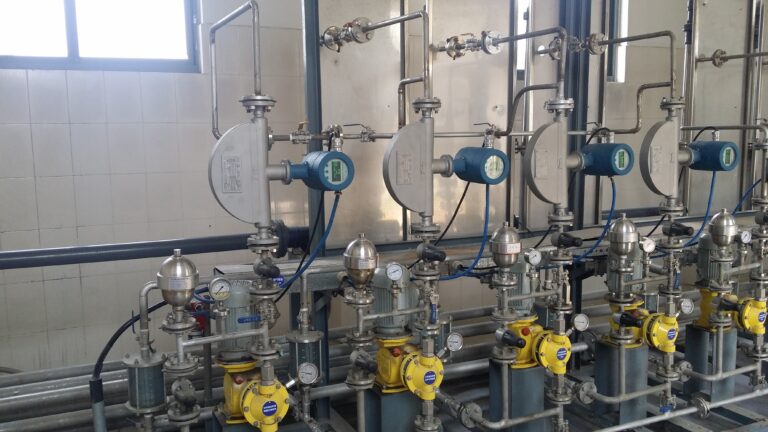
15. When performing on-site maintenance of instruments, be sure to contact the craftsman and ask about the process conditions. When disassembling the instrument with a power supply, be sure to turn off the power first, and then use a multimeter to confirm whether the power is turned off. You must know that your life is yours.
16. When designing a flow meter, be sure to select an appropriate flow meter type based on the measurement medium, temperature, and pressure, and perform flow compensation. During installation, attention should be paid to various special requirements of flow meters.
17. When designing the groove plate of the instrument into the control room, in order to prevent rainwater from entering the control room, the upper and lower bends must be considered and sealed.
18. When instrument air is introduced from the main pipe, the valve must be above the center of the pipeline, preferably 90 degrees above the pipeline, to prevent stolen goods in the air line from entering the instrument valve.
19. The shielding layer must not be grounded at both ends; outdoor cable protection pipe openings should be protected from rain; in explosion-proof environments, pay attention to the sealing of the pipe openings.
20. Alarm instruments and audio equipment must be well maintained and put into normal use.
21. In working conditions where the measured pressure is less than 10kpa, it is best to use a differential pressure transmitter instead of a pressure transmitter.
22. Explosion-proof junction boxes in explosion-proof areas must not be opened at will. If it must be opened for inspection, the power should be cut off first or the safety department should be inspected and evaluated before proceeding. This is generally easy to overlook.
23. The solenoid valve coil must not be unplugged while the power is on, otherwise the coil will be burned out.
24. Where ammonia is involved, copper and copper alloys are prohibited; for DCS system power supply, dual power supplies should be designed!
25. For thermal resistance temperature measurement, the two-wire system cannot be used for long-distance transmission.
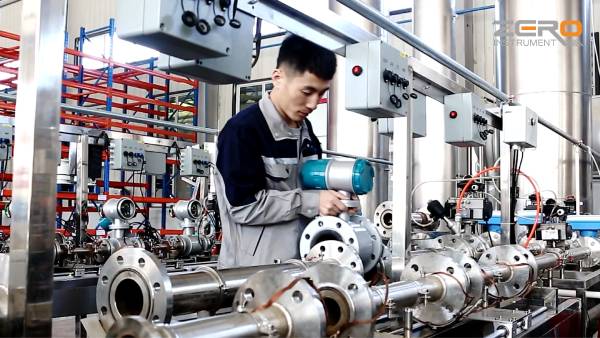
26. The insulation resistance of the cable should be greater than 5 megohms; the turning radius of the cable should generally be greater than 10 times the cable diameter, and 15 times for optical cables; instrument cables and electrical cables should be laid in parallel at a certain distance (greater than 0.8 meters) and away from equipment and pipelines. The spacing is greater than 150 mm.
27. Hydraulic test of instrument pipelines. When conducting experiments on austenitic stainless steel pipelines, the chloride ion content in the water shall not exceed 25PPM (parts per million). The working grounding of the instrument shall be less than 1 ohm, and other grounding shall be less than 4 ohms.
28. Fireproof cloth “asbestos cloth” should be used to protect the instrument, and plastic bags should not be used.
29. The instruments used in the hydrogen unit must meet the requirements of explosion-proof level and protection level. Both are indispensable. Intrinsically safe signals (cables) and explosion-proof signals (cables) cannot enter the same on-site intermediate junction box.
30. When designing the bus, a terminator (resistance and capacitance connected in series) must be installed at the terminals of the power regulator and fieldbus junction box.
31. The solenoid valve used for interlocking should be of fail-safe type, which is powered under normal conditions and powered off during interlocking.
32. When designing and installing the instrument, if the pipeline where the temperature instrument is installed is below DN80, a thermometer expansion tube should be used to expand the pipeline to above DN80.
33. The flow measuring components do not participate in the power plant hydraulic pressure test.
34. To measure the steam flow, when using a condenser for the positive and negative pressure pipelines, the installation height of the two condensation tanks must be consistent.
35. Use cold simmering to simmer the pressure-guiding pipe of on-site instruments, and do not use hot simmering methods such as gas welding.
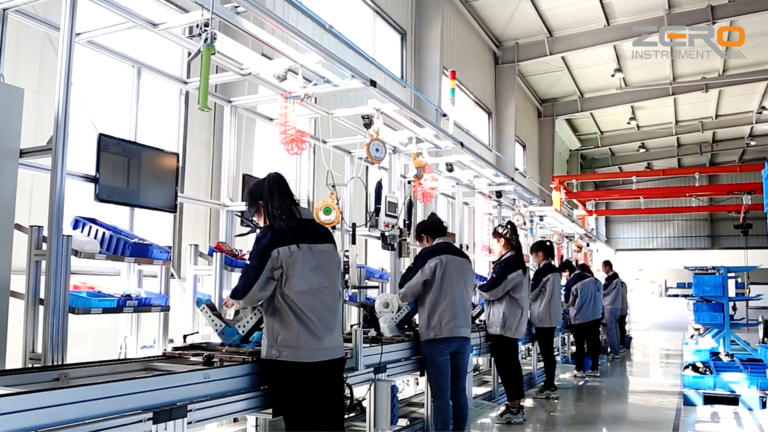
36. The occurrence of flash evaporation must be fully considered in the process of designing and selecting control valves, designing pipelines, determining pressure distribution, etc. From the control valve perspective, the following matters should be noted:
a. Increase the hardness of the material;
b. Reduce the flow rate of the fluid;
c. Select the appropriate control valve type and flow direction. For example, for fluids that are prone to vaporization, it is not advisable to use high pressure recovery balls.
37. Valves and butterfly valves can choose low-pressure recovery single-seat valves, etc. Measures to eliminate and reduce the occurrence of cavitation:
a. Control the pressure drop so that cavitation does not occur. For example, a multi-stage pressure reduction method is used to divide the pressure drop of the control valve into several stages.
b. Less cavitation effect. Use similar methods to prevent flash evaporation from occurring. For example, increasing the hardness of the material, reducing the flow rate, etc. can reduce the impact of cavitation.
c. Adjust the pipeline pressure and increase the downstream pressure.
38. Issues that need to be paid attention to when laying cables and wires overhead into the control room:
Before entering the control room, the trough plate must be given a fixed fulcrum to prevent climate change from causing stress to act on indoor equipment; the trough plate must have a slope of more than 1/100 before entering the control room, with the slope facing outdoors to prevent rainwater from flowing smoothly. The trough plate flows into the control room; the wall passages in and out of the control room must be sealed to prevent rats and mosquitoes from entering.
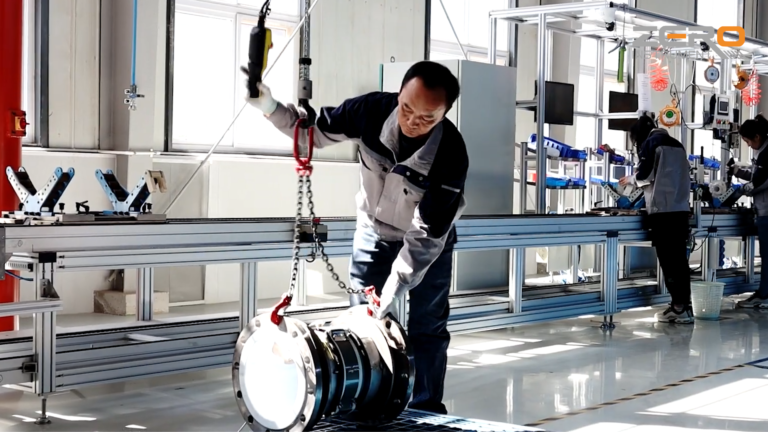
39. When choosing an on-site pressure gauge, you must clearly distinguish the nature of the pressure source: whether it is an impact load or a general pressure. It will be miserable if there is not much replacement. The installation size of the on-site thermometer must be communicated with the process. When measuring liquid that is not full of the tube, the size must be selected; when designing, the material selection for high temperature and high pressure must be different from normal temperature and pressure.
40. Do not use electricity to dismantle construction equipment. Carry a test pen with you to prevent the risk of electric shock.
41. DCS must do anti-static work to avoid accidents caused by static electricity.
42. Maintenance of chain equipment must be enforced by DCS before action can be taken.
43. When installing the rotor and turbine flowmeter vertically, be sure to pay attention to the flow of fluid from bottom to top.
44. After installing a new regulating valve, its air source pipeline must be vented for a period of time before being connected to the valve to prevent oil from entering and causing damage.
45. Copper is also prohibited in acetylene gas instruments. Therefore, in addition to the explosion-proof level requirements, when using acetylene gas, you should also pay attention to the fact that some devices will be marked “not suitable for acetylene gas” on the nameplate.
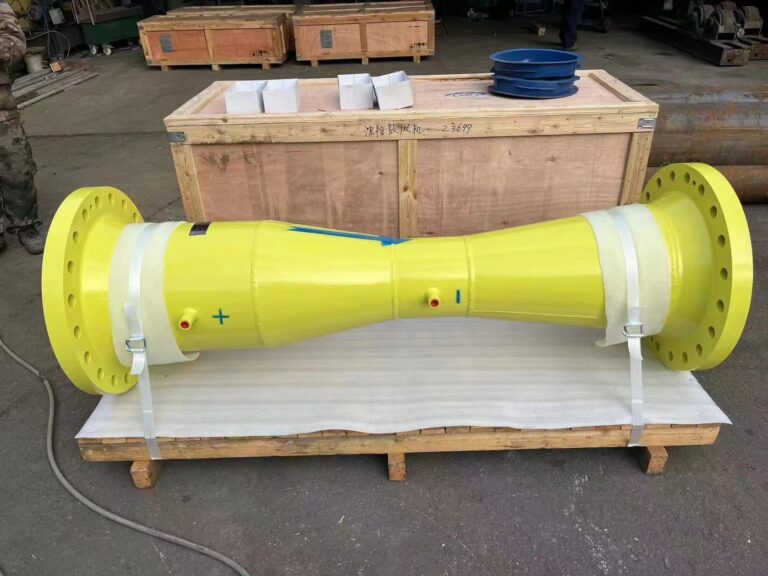
46. Current signal between DCS and electrical. Because the electrical input is generally active, it is best to isolate it through an isolator. On the one hand, the instrument I/O card will not be stringed into the electrical circuit. On the other hand, if an isolator is not used, the debugging of both parties may not be possible.
47. To heat the steam in the instrument pipeline, it is best to use a heat tracing pipe with a temperature of 12 O.D. or above. Otherwise, once the route is long, it is easy for the steam to not be hot and the heat tracing effect to be poor.
48. To correct a common mistake in design, some people always add safety barriers regardless of the type of explosion-proof system. In fact, safety barriers are used in intrinsically safe explosion protection systems. Intrinsically safe explosion-proof system: on-site instruments must be intrinsically safe instruments; there must be a safety barrier on the control room side; the cable in the middle must be an intrinsically safe signal cable.
49. For increased safety instruments and explosion-proof instruments, an isolator can be used for signal isolation if necessary.
50. Zener safety barriers must pay attention to grounding issues.
51. Selection of flow meters: When the conductivity of the process medium to be measured is low, electromagnetic flow meters cannot be used; when factory-level measurement requirements are very high, mass flow meters should be used.
52. When measuring the medium pressure, a condenser tube or siphon air must be added when the temperature of the measured medium is greater than 60 degrees!
53. After installing the pneumatic control valve, be careful not to reverse the function settings of the air-opening type and the air-closing type on the DCS.
54. If the indicated value of the temperature instrument system suddenly changes to the maximum or minimum, it is generally a fault of the instrument system. Because the temperature instrument system has a large measurement lag, sudden changes will not occur. The cause of the failure at this time is mostly caused by the breakage of the thermocouple, thermal resistor, compensation wire or the failure of the transmitter amplifier.
55. When wiring instruments, be sure to mark the wire numbers! I made such a stupid mistake when I was working, and it was very troublesome to recover. If the temperature primary component is installed at the bend of the pipeline or installed at an angle, it should be installed against the flow direction.
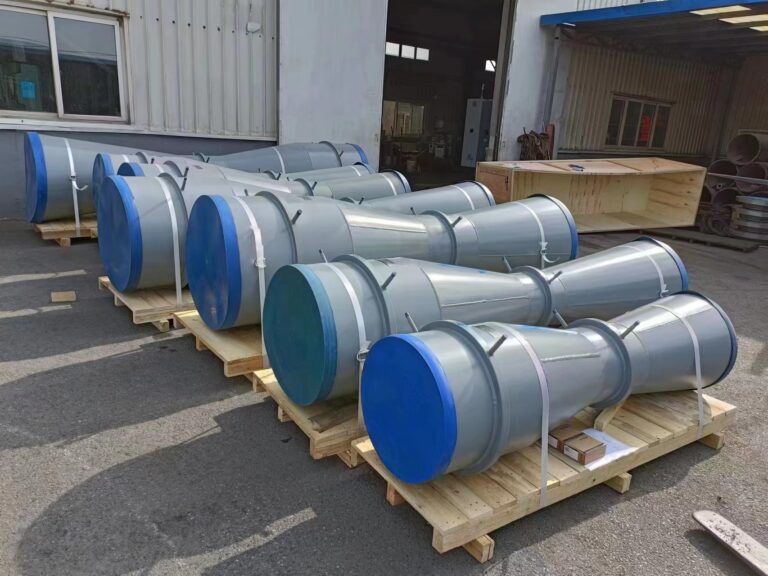
56. If there is a pressure primary point or a temperature primary point at the same time on the same pipeline, the pressure primary point should be on the upstream side of the temperature primary point.
57. The rotameter must be installed vertically on the pipe, and the medium flow must be from bottom to top.
58. Straight pipes are required to be 5DN on the upstream side and 3DN on the downstream side (DN is the diameter of the pipe).
59. Both the shut-off valve and the control flow must be downstream of the flow meter.
60. When installing the electromagnetic flowmeter, it should be noted that the positive and negative directions or arrow directions of the flowmeter should be consistent with the flow direction of the medium.
61. The minimum straight pipe section requirements are 5DN on the upstream side and 2DN on the downstream side.
62. When installing a small-diameter regulating valve with a threaded connection, a removable movable connecting piece must be installed.
63. The regulating valve should be installed firmly. Large size control valves must be supported. The operating handwheel should be in a position that is convenient for operation.
64. The condensate discharge of the instrument heating system must be designed reasonably and use as few traps as possible, as they can easily become clogged.
65. It is strictly forbidden to touch the megohmmeter with your hands before it stops rotating or before the device under test is discharged. When removing the wires, do not touch the metal parts of the leads. During the shaking test, no one can work on the equipment under test.
66. When using a radar level meter, you must check whether the dielectric constant of the medium is too low, otherwise you cannot choose a radar level meter; when using a guided wave radar), whether the material of the guide cable (rod) meets the anti-corrosion requirements; When using a bell mouth radar, pay attention to the installation requirements and not be too close to the wall, otherwise there will be false echoes.
67. The disassembly and inspection of instrument valves must be carried out after the process has been completed and confirmed, otherwise you will be responsible for the consequences; for the maintenance of interlocking instruments, you must apply for relevant tickets before unlocking the interlock; the disassembly of single (double) valve instruments must be done slowly Remove the bolts to prevent splashing and hurting people; when selecting instrument valves, you must pay attention to the sealing surface, pressure level, material and standard to prevent choosing the wrong type.
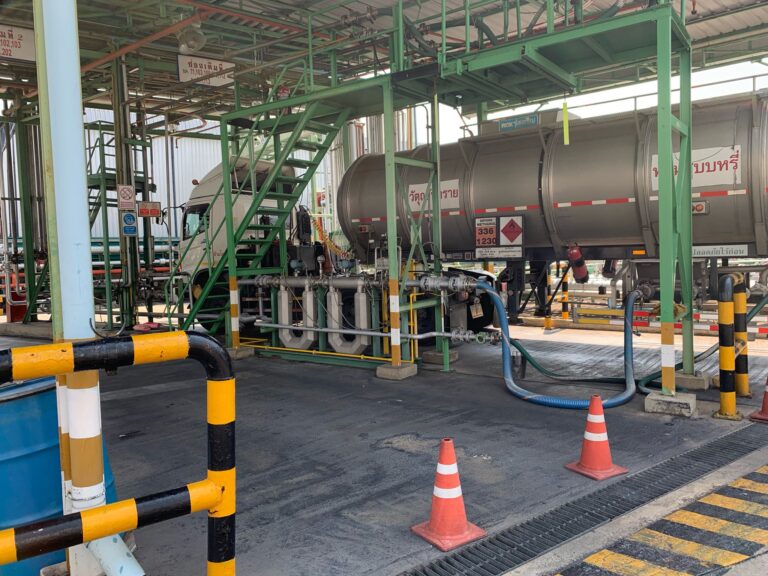
68. Radar liquid level meter is particularly suitable for products with high pollution or high viscosity, such as asphalt, etc. The repeatability of radar level meter measurement is high, and it does not require regular maintenance and recalibration. The measurement accuracy is also high, but the price is high and it is difficult to measure the oil-water interface.
69. Isolated transmitters are mainly used for special measured media. For example, the measured medium will crystallize after leaving the device. However, when using an ordinary transmitter, the medium needs to be taken out, which will block the pressure tube and capsule chamber. It cannot work properly, so an isolation type must be selected. The isolation type is usually made into a valve-type installation, that is, a valve is added to the opening of the device under test so that after the transmitter is installed, its sensing diaphragm becomes part of the device wall, so that it will not take out the measured medium and generally will not cause crystal blockage. When the medium to be measured requires a higher crystallization temperature, a structure with a protruding diaphragm can be used. In this way, the sensing diaphragm can be inserted into the inside of the device, so that the temperature of the medium being sensed will not decrease. In this way, the measurement is guaranteed. i.e. plug-in valve transmitter

70. The main basis for the selection of pressure/differential pressure transmitter is: based on the property index of the measured medium, saving money, ease of installation and maintenance as a reference. If the measured medium is of high viscosity, prone to crystallization and strong corrosion, an isolation transmitter must be selected.
71. When selecting a model, the temperature of the medium to be measured should be considered. If the temperature is high, generally 200°C to 400°C, a high-temperature type should be selected. Otherwise, the silicone oil will vaporize and expand, making the measurement inaccurate.
72. When selecting, the working pressure level of the equipment should be considered. The pressure level of the transmitter must be consistent with the application situation. From an economic point of view, the material of the outer diaphragm box and the insertion part is more suitable, but the connecting valve can be made of carbon steel or chrome plating, which will save a lot of money.
With the development of automation in my country’s chemical production process, there are more and more different models and types of chemical automation instruments. Therefore, it is increasingly important for chemical companies to improve their capabilities in the installation and maintenance of automated instruments to ensure effective solutions and maintenance of daily routines. Various problems that arise during operations promote the development of my country’s chemical production field.
